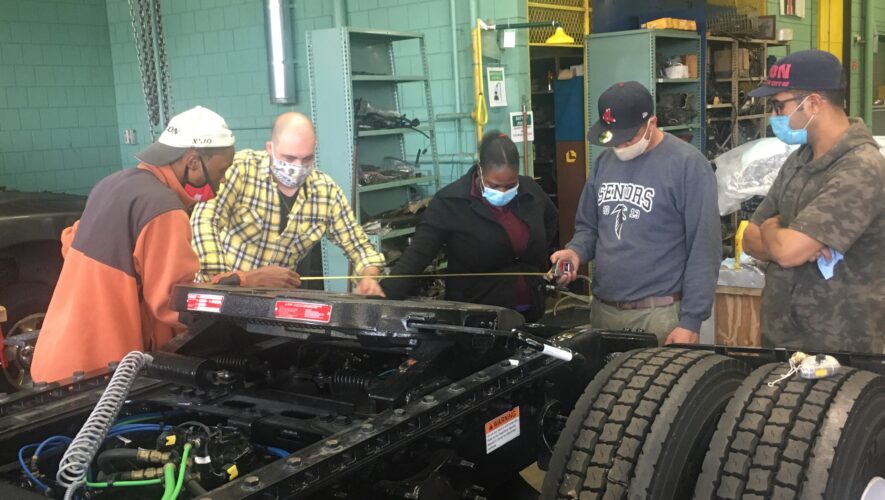By Carey Lin (To read this post in Chinese, please click here.)
On Feb 17, the Biden administration announced their goal of providing better-paying work opportunities for Americans, beginning with the Apprenticeship Act of 2021, which includes putting $400 million into apprenticeship programs. While the act has yet to pass, the Department of Labor (DoL) has also announced that they will be taking action to strengthen and streamline the Registered Apprenticeship Program to ensure that it can better meet the needs of the U.S. workforce recovering from pandemic’s economic impacts.
The Registered Apprenticeship Program is a U.S. DoL or state apprenticeship validated apprenticeship model wherein workers receive an education while being paid for their labor, in preparation for well-paid jobs and careers. Sampan spoke to a nonprofit and job training organization, the Asian American Civic Association (AACA), to better understand how apprenticeship programs differ from internships and what the new act means for workforce development.
Edward Hsieh, Chief Operating Officer of AACA explained, “There are two types of apprenticeships. There’s the union apprenticeships, wherein you really cannot get into that industry unless you do an apprenticeship. Then you have a type of apprenticeship which is more for if you get into this career path, these are the types of steps you have to take to get promotions.” The latter, according to Hsieh, acts less like a “gatekeeper,” and instead helps people both prepare for the career knowing the career trajectory.
Registered apprenticeships are validated by the DoL and meet certain requirements such as requiring the apprentice to be paid an actual wage as opposed to a stipend which is common for internships. “Also, the implications of apprenticeship has education or class time required. In other words, some kind of book learning. Unlike an internship, you’re still learning during the actual official curriculum during that period [of your apprenticeship],” said Hsieh. “When it comes down to it, the way apprenticeships put you into fields which do require a lot more technical expertise certifications; the apprenticeship is designed to gear you up for that.”
On the employer side, creating a registered apprenticeship program is not easy due to all the standards and requirements they are beholden to. However, the long-term benefits are something worth considering. According to the DoL website, “it helps employers recruit, build, and retain a highly-skilled workforce. George Lumpkins, Program Manager at AACA said, “For instance, an entry-level [individual] coming in on apprenticeship level, and then [they’re] working your way through to a master level technician. The buy in is that we don’t have to go out and recruit, you don’t have to spend money on marketing folks and you can build from within.”
While strengthening the Registered Apprenticeship Program may serve several benefits, there are challenges in achieving the goals of the new Apprenticeship Act. Both Hsieh and Lumpkins believe that the challenge is drawing in youth to do apprenticeships. Lumpkins said, “With some of the young folks, they want to come in and I’m either gonna do this job and make this amount of money. But it’s a stepladder, you know, coming in and training and being an apprentice making a minimum base where I can find a job, and then make the money I need to make and do what I need to do.”
Hsieh adds that apprenticeships have the potential to introduce different careers to the youth. “The young generations aren’t willing to enter certain fields, which is where the apprenticeships come into play. It helps ease them into fields that have not been as interesting to them, which is what we’re seeing in our recruitment as well,” said Hsieh. “The art of the long game has really been lost with the youths.”
Most importantly, the bigger challenge is creating the apprenticeship programs in the first place. Hsieh notes, “There has to be companies that buy in. And especially if the idea is to grow new industries and not just the same electrical, plumbing, and construction careers.”
To read this post in Chinese, please click here.


